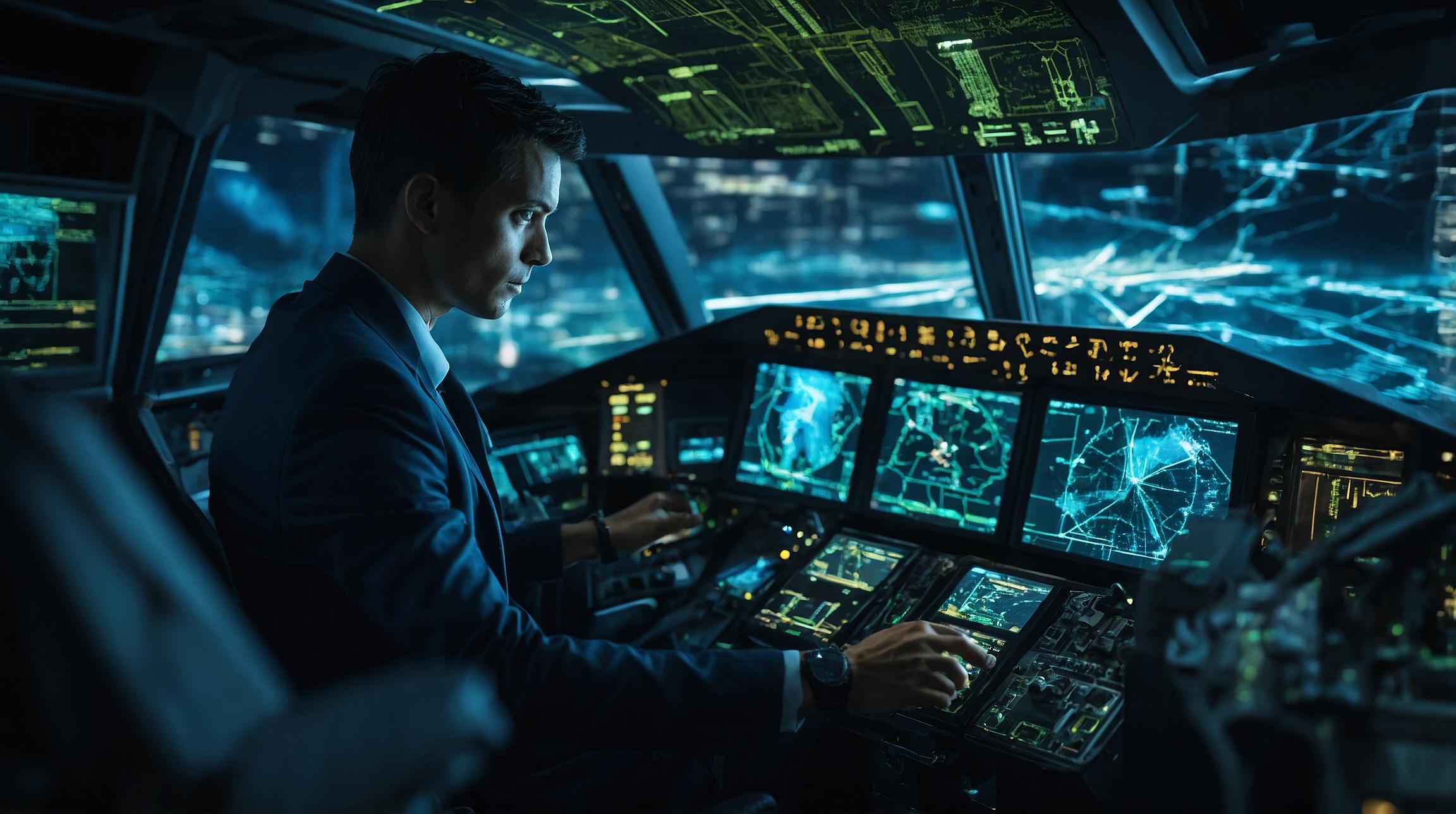FAA Proposes New Cybersecurity Rules for Aviation
Emerging technologies have fundamentally transformed the aviation industry, making airplanes more connected than ever. With the increasing reliance on digital systems, the Federal Aviation Administration (FAA) has proposed new regulations to enhance the cybersecurity of airplanes and aviation equipment. This move aims to safeguard against potential cyber threats that could jeopardize flight safety.
Understanding Cybersecurity in Aviation
Cybersecurity involves protecting computer systems, networks, and data from unauthorized access or attacks. In the context of aviation, it means ensuring that the digital systems on aircraft are secure from hackers who might exploit vulnerabilities to disrupt operations.
For example, modern aircraft are equipped with various interconnected systems, such as communications, navigation, and flight control systems. If a hacker gains access to one system, they might be able to affect others, potentially leading to catastrophic results. The FAA's proposed rules are designed to prevent such scenarios by implementing stricter security protocols.
The Need for New Regulations
As technology advances, so do the methods employed by cybercriminals. The aviation sector has witnessed a steady increase in attempted cyberattacks, making it crucial for regulatory bodies like the FAA to stay ahead. The proposed rules are not just about patching current vulnerabilities but also about building a robust framework that anticipates future threats.
These regulations will require aircraft manufacturers and airlines to integrate comprehensive cybersecurity measures into their systems. This includes regular updates and patches, robust encryption standards, and continuous monitoring of systems for unusual activities.
How the Proposed Rules Impact Airlines and Manufacturers
For airlines, these regulations mean a significant investment in cybersecurity infrastructure. They will be required to ensure that all systems, both onboard and ground-based, adhere to the new security standards. This might involve upgrading existing equipment and training staff to recognize and respond to cyber threats effectively.
Manufacturers will need to incorporate cybersecurity features from the design phase of aircraft development. This proactive approach ensures that security is not an afterthought but an integral part of aircraft design and operation.
Looking Ahead: Safer Skies
The FAA's initiative is a vital step toward ensuring that aviation remains a safe and reliable mode of transportation. By addressing the cybersecurity challenges head-on, the industry can prevent potential disruptions and maintain the trust of passengers worldwide.
In summary, as emerging technologies continue to shape the future of aviation, incorporating robust cybersecurity measures is not just prudent but necessary. The FAA's proposed rules are a welcome development in the ongoing effort to protect our skies from digital threats.













